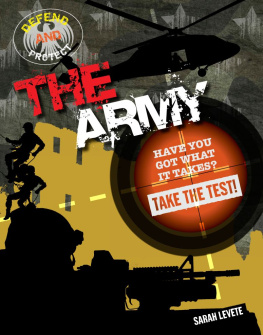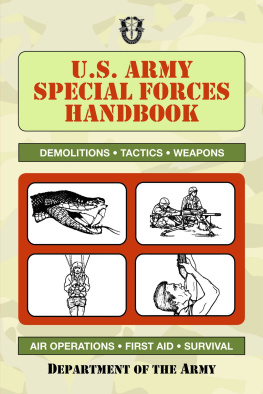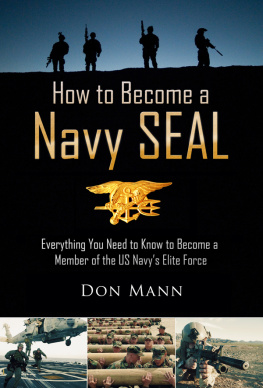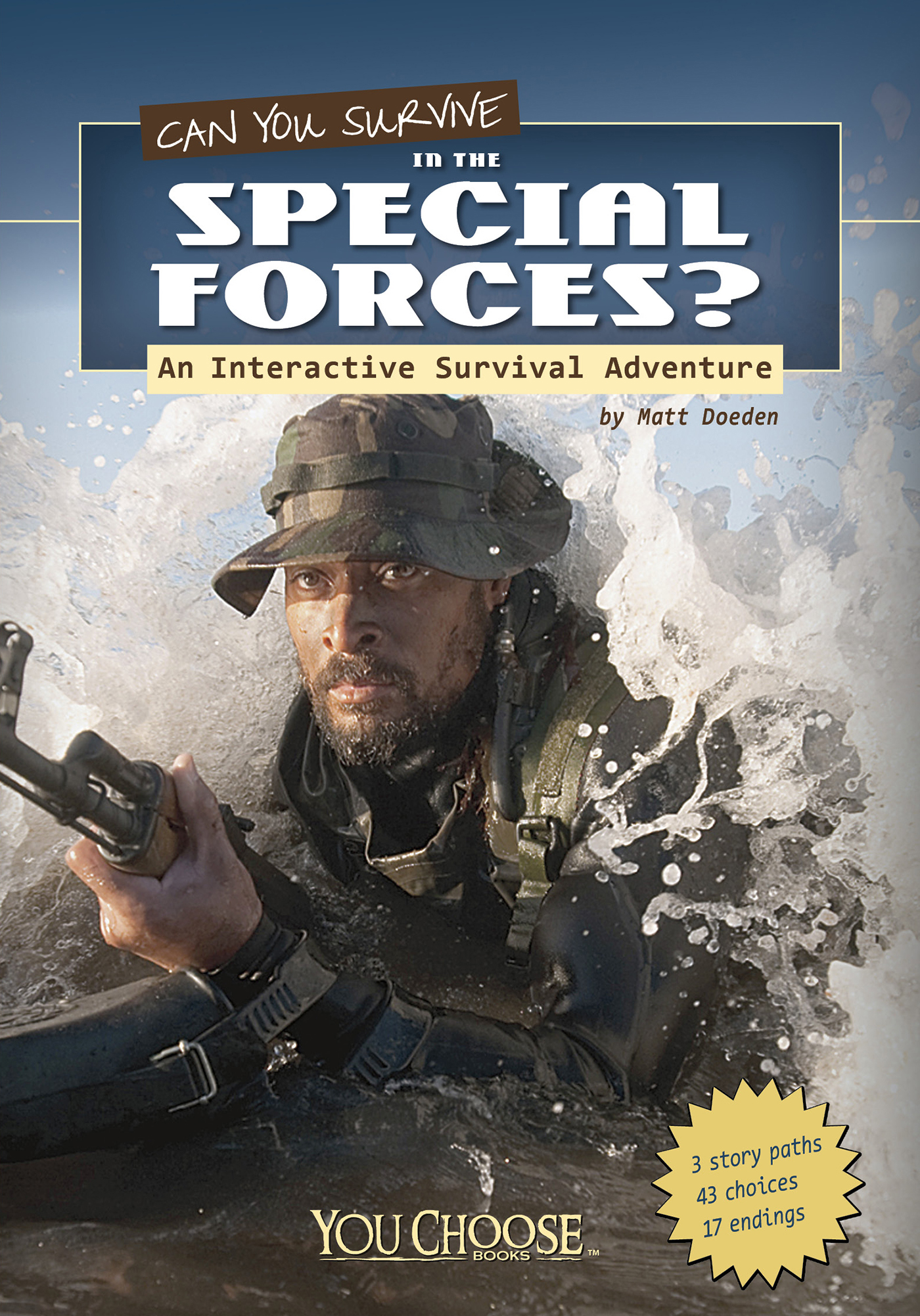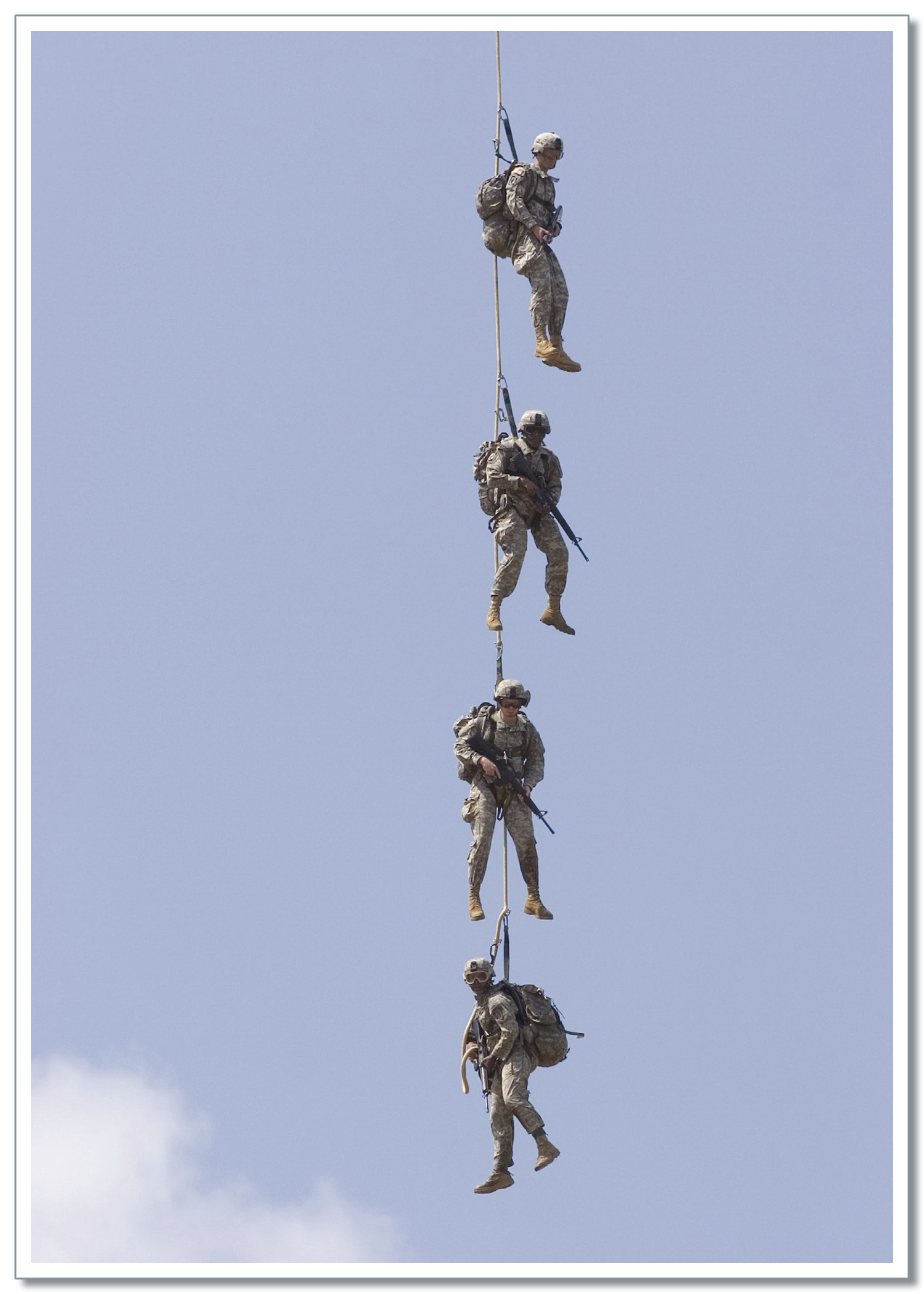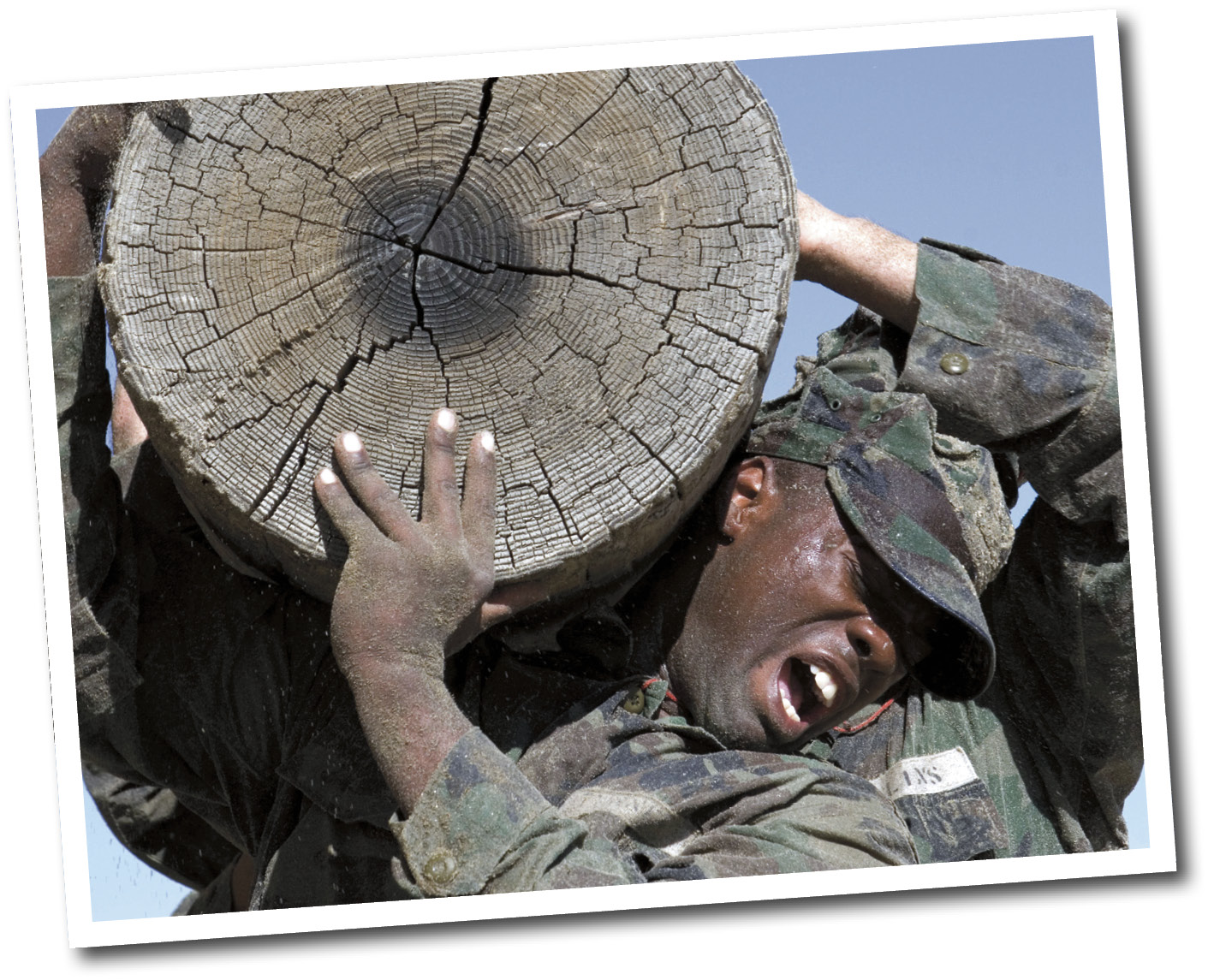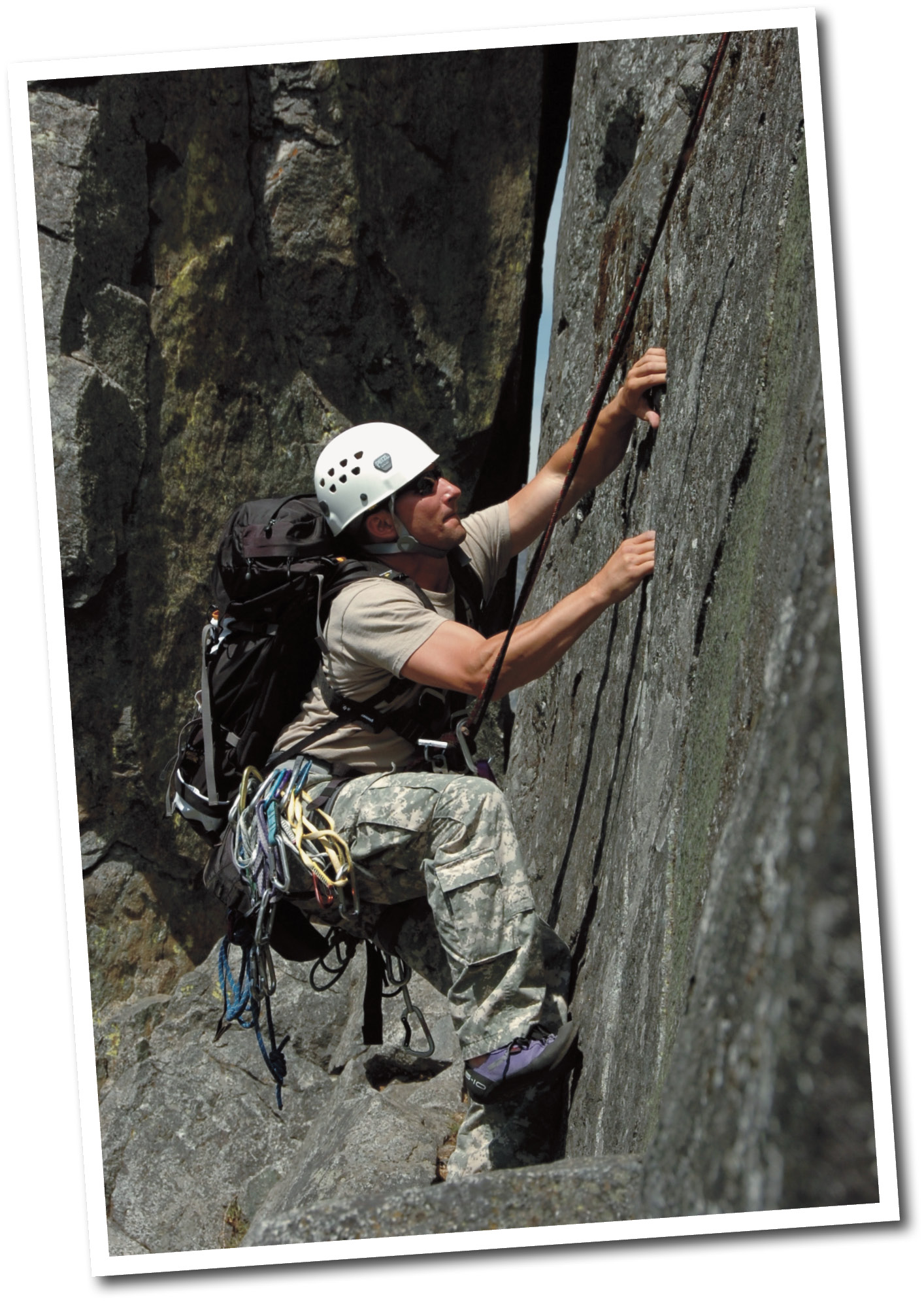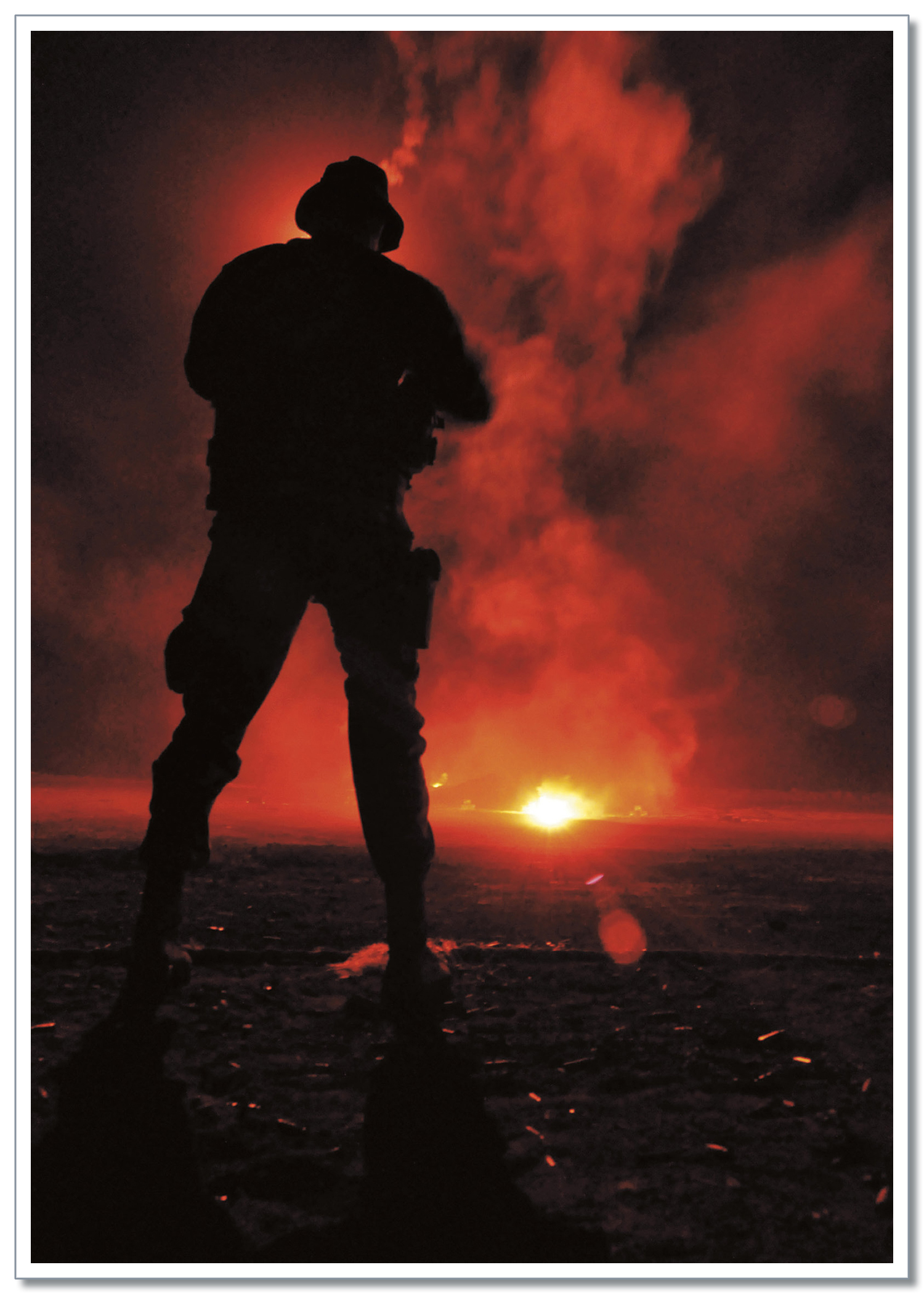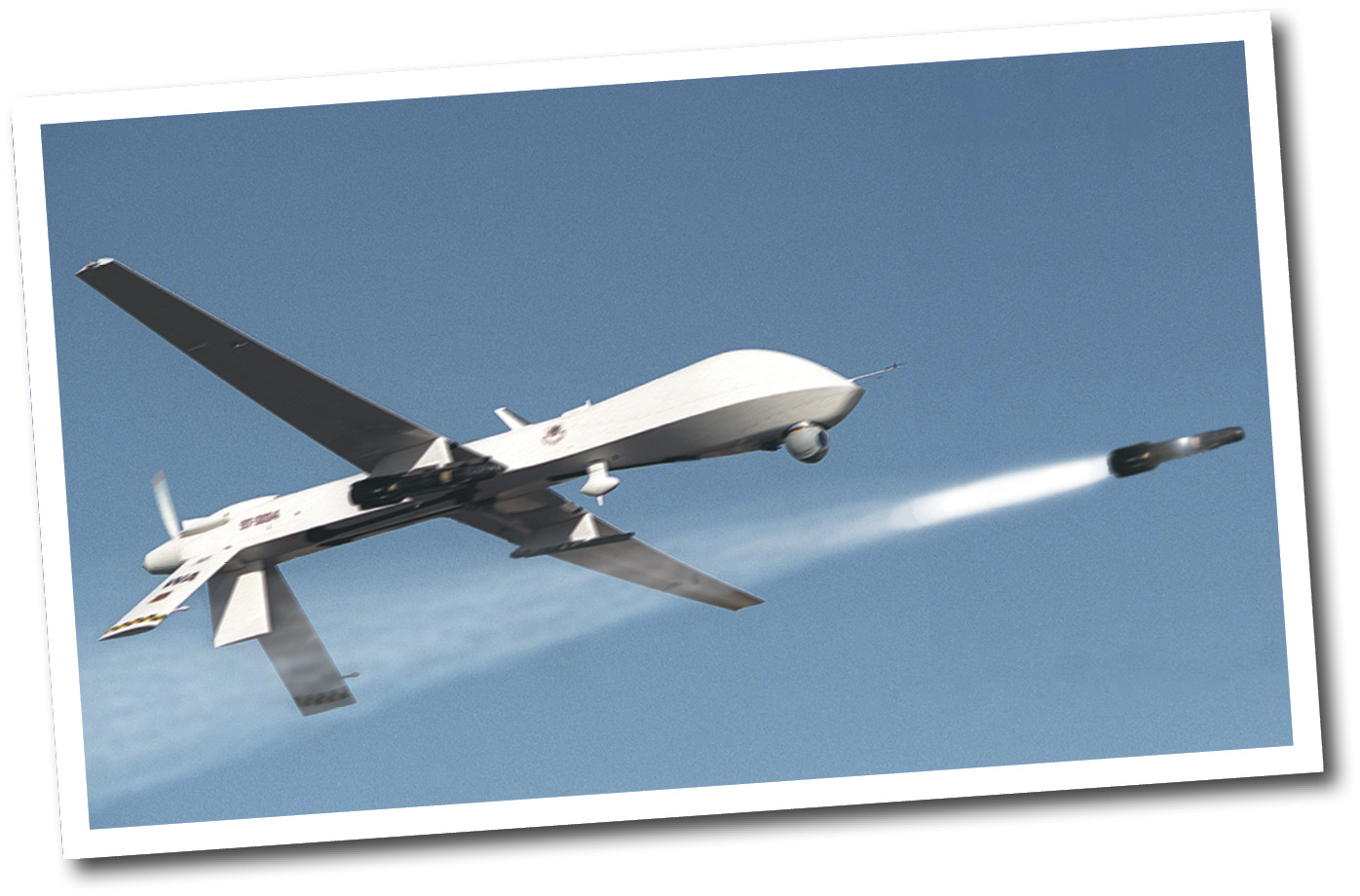For the best You Choose experience,
view in portrait (vertical) orientation.
About Your
Adventure
YOU are a member of the U.S. Special Forces. As one of the nations most highly trained soldiers, youre an important part of the U.S. military. You carry out the most difficult, dangerous missions around the world.
Chapter One sets the scene. Then you choose which path to read. Follow the links at the bottom of each page as you read the stories. The decisions you make will change your outcome. After you finish one path, go back and read the others for new perspectives and more adventures. Use your device's back buttons or page navigation to jump back to your last choice.
YOU CHOOSE the path you take through your adventure.
CHAPTER 1
The Best and Brightest
The United States military is made up of nearly 1.5 million people. Many are infantry soldiers, sailors, pilots, engineers, or even cooks. A rare few serve under the U.S. Special Forces Operations Command.
Only the best and brightest soldiers even earn the chance to try out for these units. Fewer still make the cut. Congress officially bans women from serving in combat, so no women are Special Forces members.
Extraction ropes allow helicopters to quickly pull Rangers to safety.
The Special Forces Operations Command is composed of many specialized groups. They include the U.S. Army Special Forces (Green Berets), the Navy SEALs, the Army Rangers, the Air Forces 1st Special Operations Wing, the 160th Special Operations Aviation Regiment (Airborne), and the ultrasecret Delta Force.
Navy SEAL training includes carrying huge logs.
Each group has its own specialties. The SEALs learn to fight on sea, air, and land. Army Rangers are trained to be the first troops into a combat situation. The Green Berets specialize in and psychological operations.
Special Forces members get the best training in the military. Its not for just any soldier. Its difficult, exhausting, and often brutal.
For example, Navy SEALs train for up to two years before they can join an operational unit. The hardest part of their training is Hell Week. For five and a half days, trainees are almost constantly challenged. They perform difficult physical and mental tasks and are allowed only about three or four hours of sleep during the entire time. Those who cant handle this brutal training must leave the program. Other Special Forces units have similar trials. Only the strongest men are able to complete the training and join the Special Forces.
Special Forces training may involve mountain climbing.
Life doesnt get much easier after training. Special Forces are trusted with the nations most difficult, deadly, and secret missions. They perform daring rescues, carry out attacks, and gather important about enemies of the United States. They rely on their training and on each other to survive seemingly impossible situations. Their goal is always to successfully complete their mission and return safely.
Do you have what it takes to survive in the Special Forces? Choose your mission to find out!
CHAPTER 2
Green Berets: Quiet Professionals
The mission: rescue
Objective: have taken five U.S. diplomats hostage. Your mission is to rescue all five hostages.
The enemy: At least a dozen well-armed terrorists in a heavily defended compound
Rules of engagement: Use deadly force as needed.
Its nighttime in the desert. You crouch down low behind a rocky ridge. You scan the horizon with a pair of night-vision goggles. Youve just received intelligence that five U.S. diplomats are being held hostage by a terrorist group.
Many Special Forces missions take place under the cover of darkness.
The terrorists attacked a group of vehicles traveling across a rocky stretch of open desert. Now theyre holding the hostages in a small compound. The kidnappers have sworn to kill the hostages unless the United States releases several imprisoned terrorists. The kidnappers believe that their location is a secret, but U.S. intelligence officers have discovered it. The clock is ticking. The hostages dont have much time.
Youre in command of a team of 12 Green Berets. Your intelligence officer, 1st Lieutenant Joe Hicks, is by your side.
This is the compound, Captain, he says. The hostages are inside. There are two guards at the outer gate, and two more reports that the hostages are being held in a bunker below the compound.
Time is critical. The terrorist group is known for killing hostages when they dont get their way. They have promised to start the killing in exactly one hour. You cant let that happen.
You call Warrant Officer Rob Martinez, your second-in-command. What are our options? you ask.
We could call in an air strike and take out the gate and the snipers, he suggests.
An air strike would make things a lot easier and safer for your men. But theres no way to be sure the hostages are safe underground. That intelligence came from a local informant. You cant be sure its accurate. If its wrong, the air strike could kill the hostages. An air strike also would take away any element of surprise you might have.
The MQ-1 Predator shoots AGM-114 Hellfire missiles.
Call in an air strike, you tell your communications officer, Sergeant Paul Evans. We can make this job a whole lot easier if we take out those guards and snipers.
Within minutes a U.S. Navy MQ-1 Predator drone is in the air. The remotely piloted aircraft carries two small air-to-surface missiles. You and your men watch the terrorist compound as you wait for the Predator to arrive.
Moments before the air strike is scheduled to happen, one of your men notices movement outside the compound. A group of men is gathered near one of the buildings outer walls. They seem to be dragging someone with them. You cant get a good look at the person, but it could be a hostage. You have to think fast.
Weve got the element of surprise, you say. We need to take advantage of it.
You order your men to surround the compound. Youll go in alone, trying to reach the hostages before the terrorists know youre there. Your men will storm the compound at the first sign of trouble.
When everyone is in place, you move. You stick to the shadows as you move toward an unwatched section of the chain-link fence surrounding the compound. It takes just a few minutes to cut through the fence and slip inside.
So far, so good. Nobody has seen you. You carefully sneak around the side of the building. You approach a window and peer inside. The room is dark and empty. You pull yourself up and silently drop inside. You hear voices in the hallway beyond a closed door. Like most Green Berets, youre an expert in languages. You understand what the enemy is saying.









